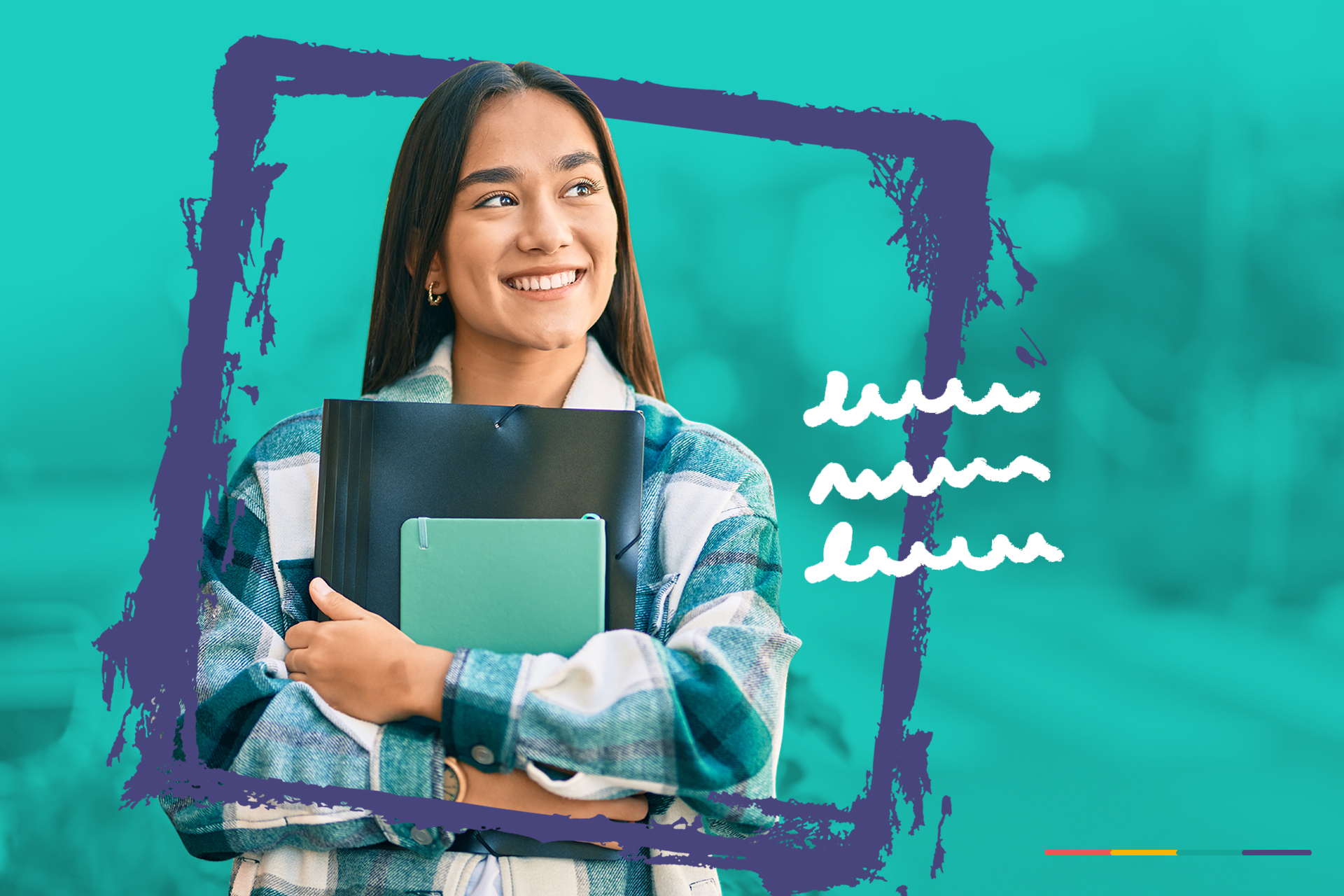Student Loan Forgiveness in 2021: What You Need to Know
Ginger Abbot
Oct 18, 2021
We are a reader-supported education publication. When you buy through links on our site, we may earn an affiliate commission to help us keep providing content.
It’s common knowledge that pursuing a college degree can be expensive. After graduating high school, students face the challenge of deciding whether to attend a four-year university or community college. The main question many students face is, “How am I going to pay for this?” Student loan forgiveness in 2021 might be your answer.
In addition to figuring out their financial situation, students must choose if they want to start their higher education journey while still in a worldwide pandemic. Alternative options like taking a gap year or entering a trade are also available to them. These are two huge questions that are difficult to answer, especially at 18 years old.
With the system’s current structure, many college students must take out student loans to pay for their education. Students must consider the impact student loans will have on their quality of life and evaluate their ability to pay back their loans.
After graduating and entering the workforce, will they make enough money to afford their loan payments? This is the ultimate question when it comes to loan forgiveness in 2021.
Let’s get into what student loan forgiveness in 2021 looks like, the politics surrounding it, and the types of loan forgiveness currently available.
What Is Student Loan Forgiveness?
Studies show that $1.58 trillion is the total amount of student debt owed in the United States. An average household owes around $58,000 in student debt alone, without considering debt from credit cards, mortgage payments, or auto loans.
As the total amount of debt increased in the country, policies were put in place to forgive, cancel, or discharge loans for borrowers that meet specific requirements.
For many people, paying back these loans is challenging and burdensome. The goal of loan forgiveness is to alleviate the stress associated with owing debt to the federal government.
There are three ways to describe loan forgiveness — loans are either canceled, forgiven, or discharged.
Types of Loan Forgiveness
There are several types of forgiveness offered by the federal government. Some types are only available to borrowers who enter specific professions, while others are circumstantial.
Let’s break down the types of loan forgiveness and a brief explanation of who benefits from each:
- Public Service Loan Forgiveness: Someone employed by a government agency or nonprofit organization
- Teacher Loan Forgiveness: Full-time teachers who teach for five consecutive years in low-income schools or educational service organization
- Closed School Discharge: For students who attend a school while enrolled or soon after withdrawing from one
- Perkins Loan Cancellation and Discharge: For some borrowers who took out a Perkins Loan
- Total and Permanent Disability Discharge: If someone becomes totally and permanently disabled
- Discharge Due to Death: Loans are discharged if the borrower dies
- Discharge in Bankruptcy: After declaring bankruptcy, loans are forgiven in some cases
- Borrower Defense to Repayment: For borrowers whose school did something or failed to do something related to their loan
- False Certification Discharge: If a borrower’s school falsely certifies their loan
- Unpaid Refund Discharge: If a school fails to return payment(s) to a loan service provider
- Eligibility for Parent Borrowers: Some circumstances where a parent PLUS loan can be discharged
Each of the loans mentioned above has particular requirements in order to be eligible for assistance. It’s best to speak with loan service providers to determine eligibility and how to apply for loan forgiveness.
Most of these forgiveness options are available to borrowers who experience significant changes in life circumstances and become unable to pay for loans due to those circumstances.
The average borrower is still required to repay their loans in full. If a borrower cannot make their payments or miss payments, their loans tend to go into default.
Student Debt in Politics
Like many pressing issues in the nation, student loan forgiveness has made its way into the public sphere. The conversation is stirring in Washington, D.C., around student loan forgiveness in 2021.
In March of 2021, the Biden administration signed a COVID-19 relief bill into law. Within this package was a provision removing taxes on discharged debt. This means that any loans owed through 2025 will be tax-free, benefiting borrowers who are struggling to make payments in light of the current pandemic.
Voters and democratic legislators are calling on the Biden administration to cancel student loan debt up to $50,000 to stimulate the economy and relieve stress on borrowers. Biden is legally able to cancel student loan debt through executive order. Still, the President has not yet decided on this issue.
There are issues heard from both sides when it comes to debt forgiveness. Some say that forgiving student debt forgets to acknowledge the borrowers who could fully pay back their loans in the past. Others believe the benefit of forgiving student loans is more practical than political and may give the economy a boost.
It’s safe to say student loan forgiveness will be at the forefront of politics in the coming years.
The Future of Student Loans
There’s no way to predict how the Biden administration or future administrations will handle the issue of student loans. Including student loan forgiveness in 2021. For the time being, it’s a complex debate with many moving parts.









